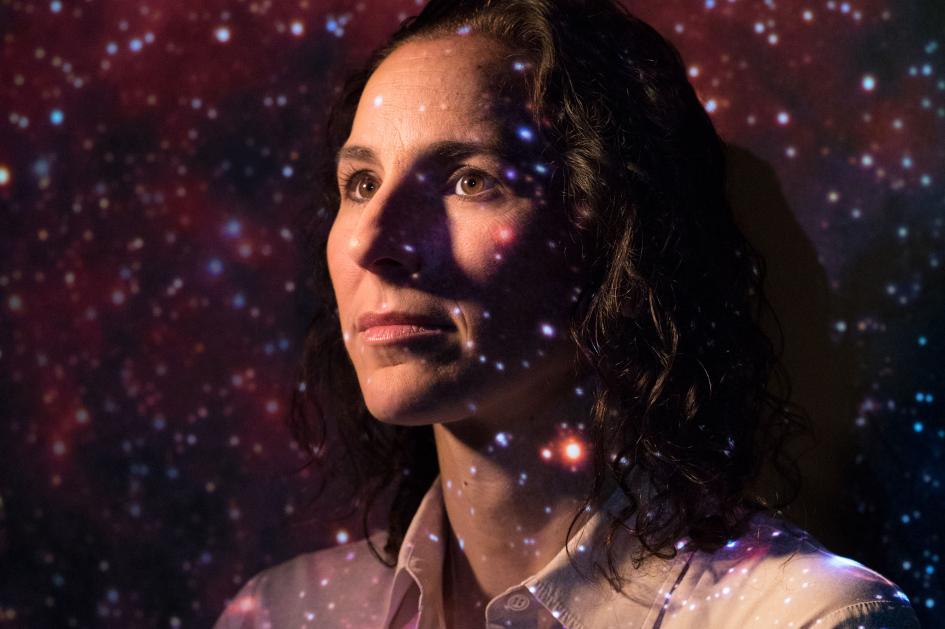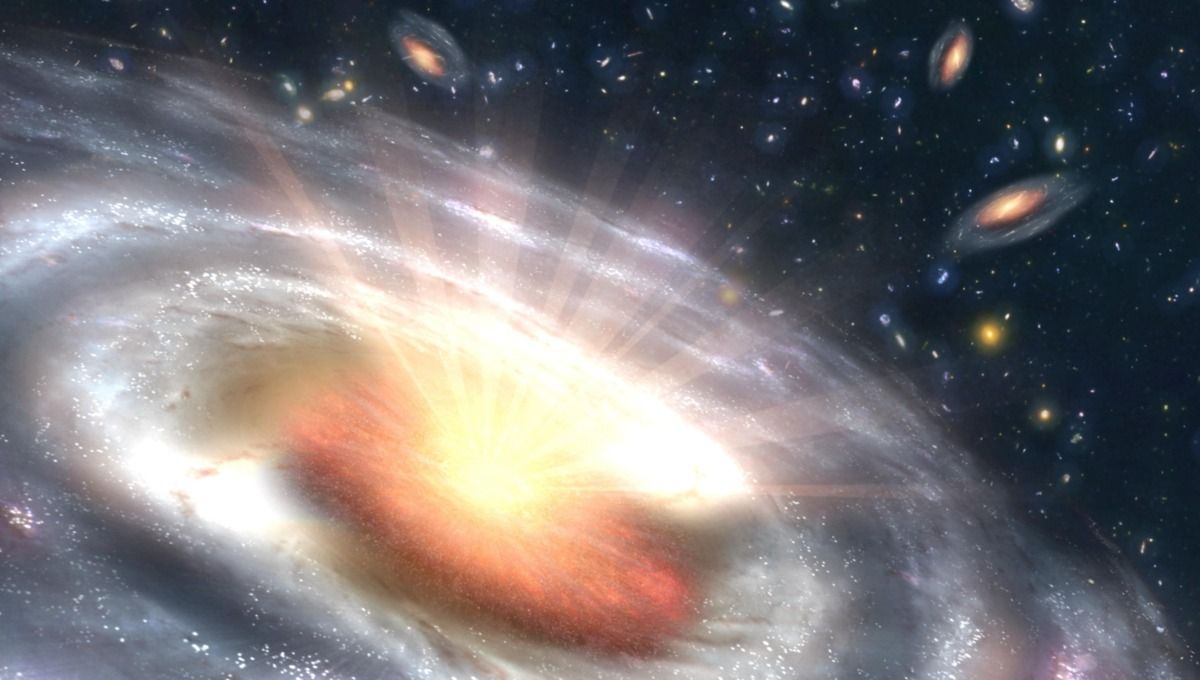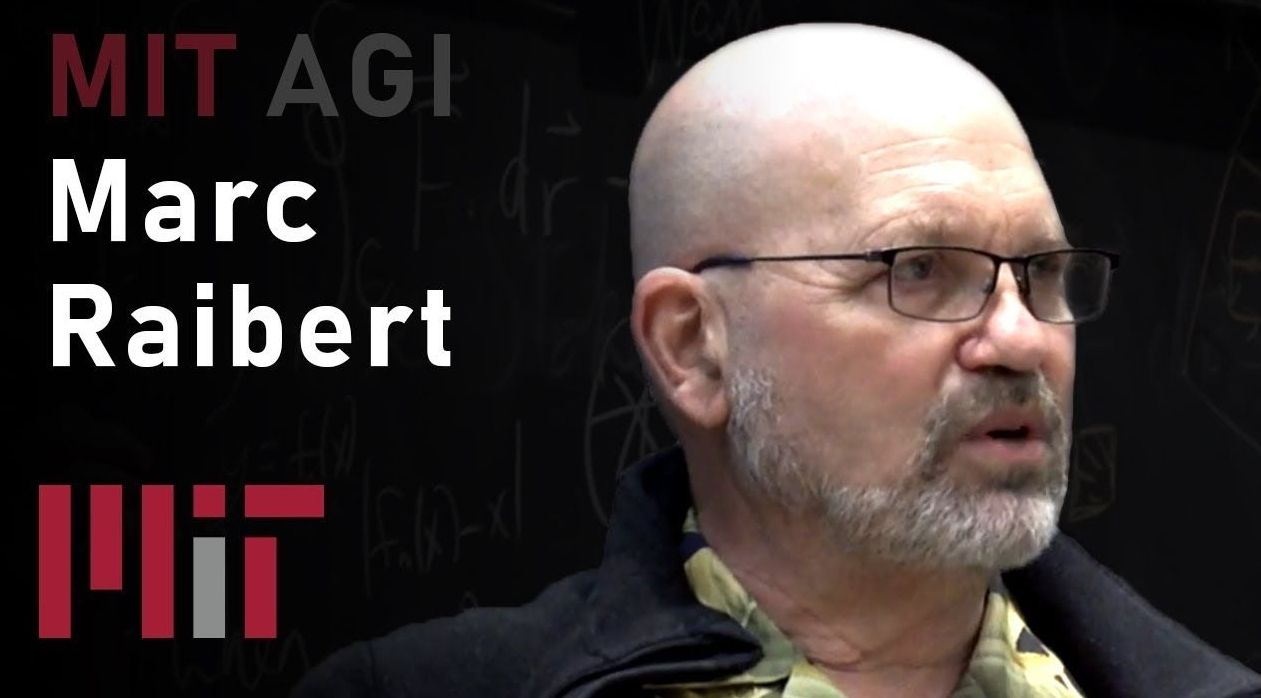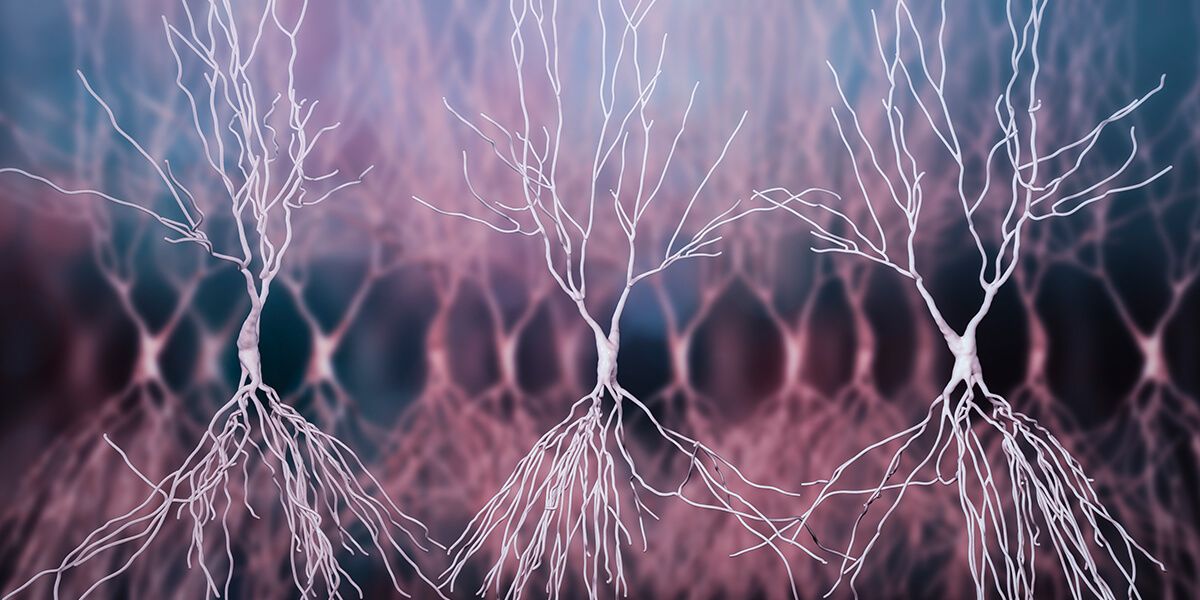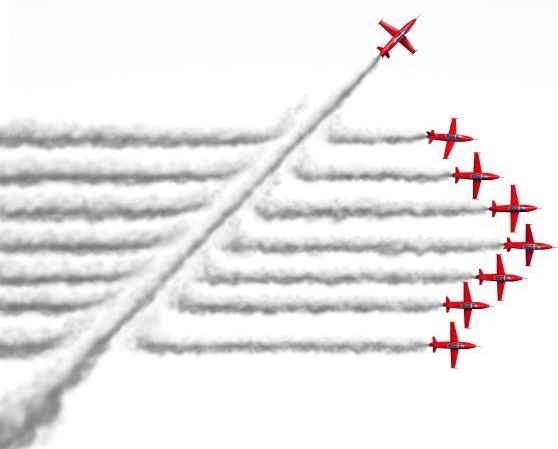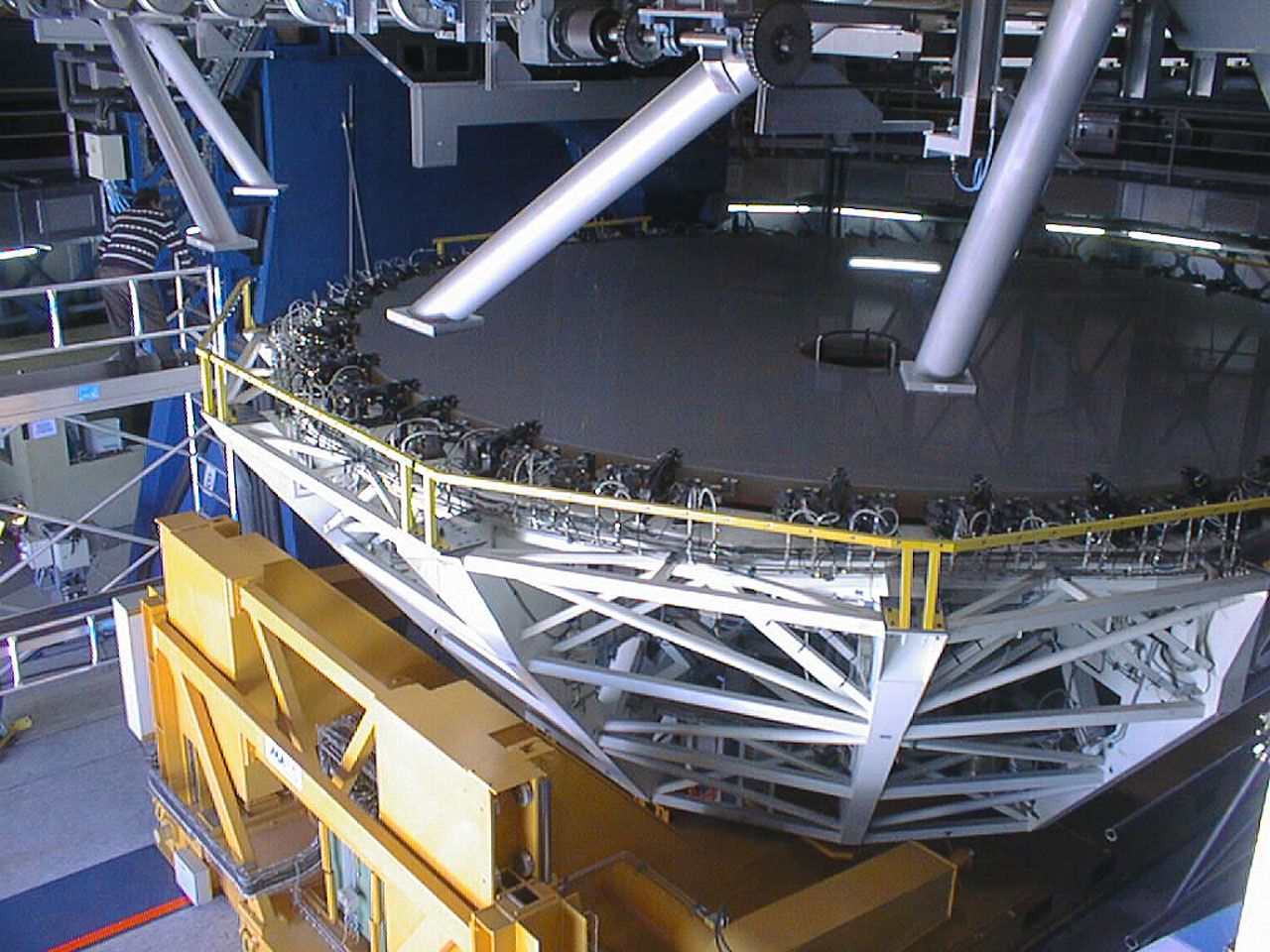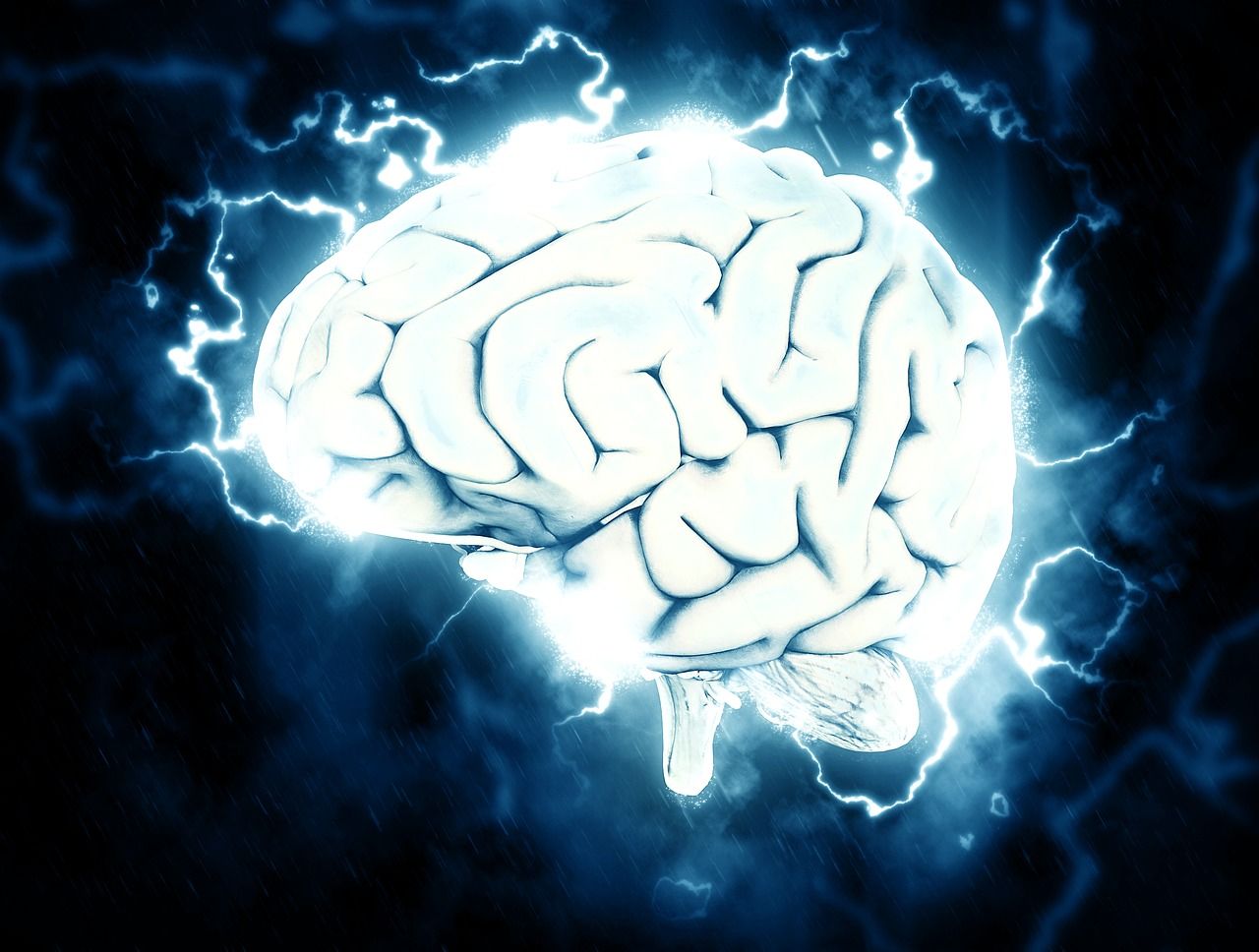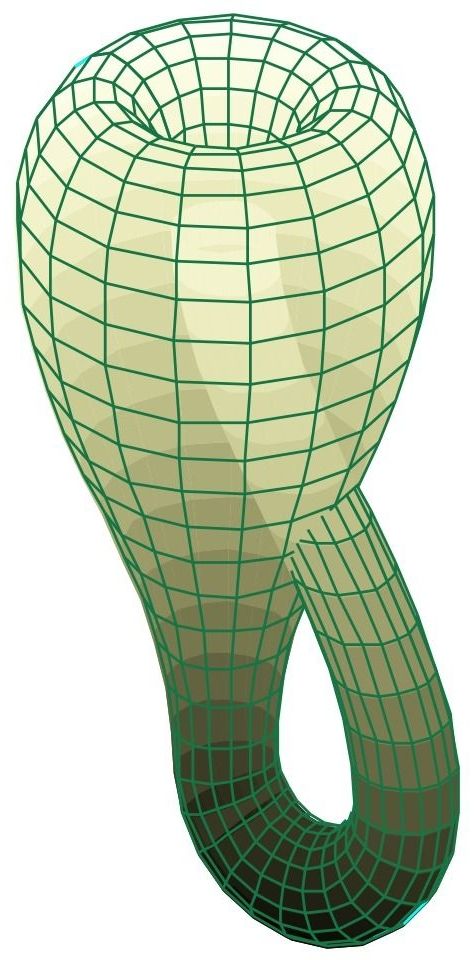Apr 29, 2018
Meet the Woman Who Wants to Solve the Universe’s Mysteries
Posted by Genevieve Klien in category: cosmology
Last year Kollmeier was named director of the fifth version of the Sloan Digital Sky Survey, a project that aims to map the universe. The survey, which launches in 2020, will employ telescopes in the Northern and Southern Hemispheres to scan the entire sky. The telescopes will obtain spectra of bright objects in the sky, breaking up that light into component parts. “That’s where the astrophysics is,” says Kollmeier. “That tells you all the chemical abundances. That tells you all the transitions in the objects.” And that’s where she’ll begin to find answers to her questions: How do supermassive black holes grow? Can stars be used as clocks that tell us when and how a galaxy was formed?
Kollmeier didn’t get into astronomy by looking up at the stars. She meant to be a lawyer until she went to what she calls “nerd camp” and learned how to write code to classify stars. “The idea that you could interrogate the universe in this way … I felt like an explorer.” Now she’s going further than she once thought possible.
